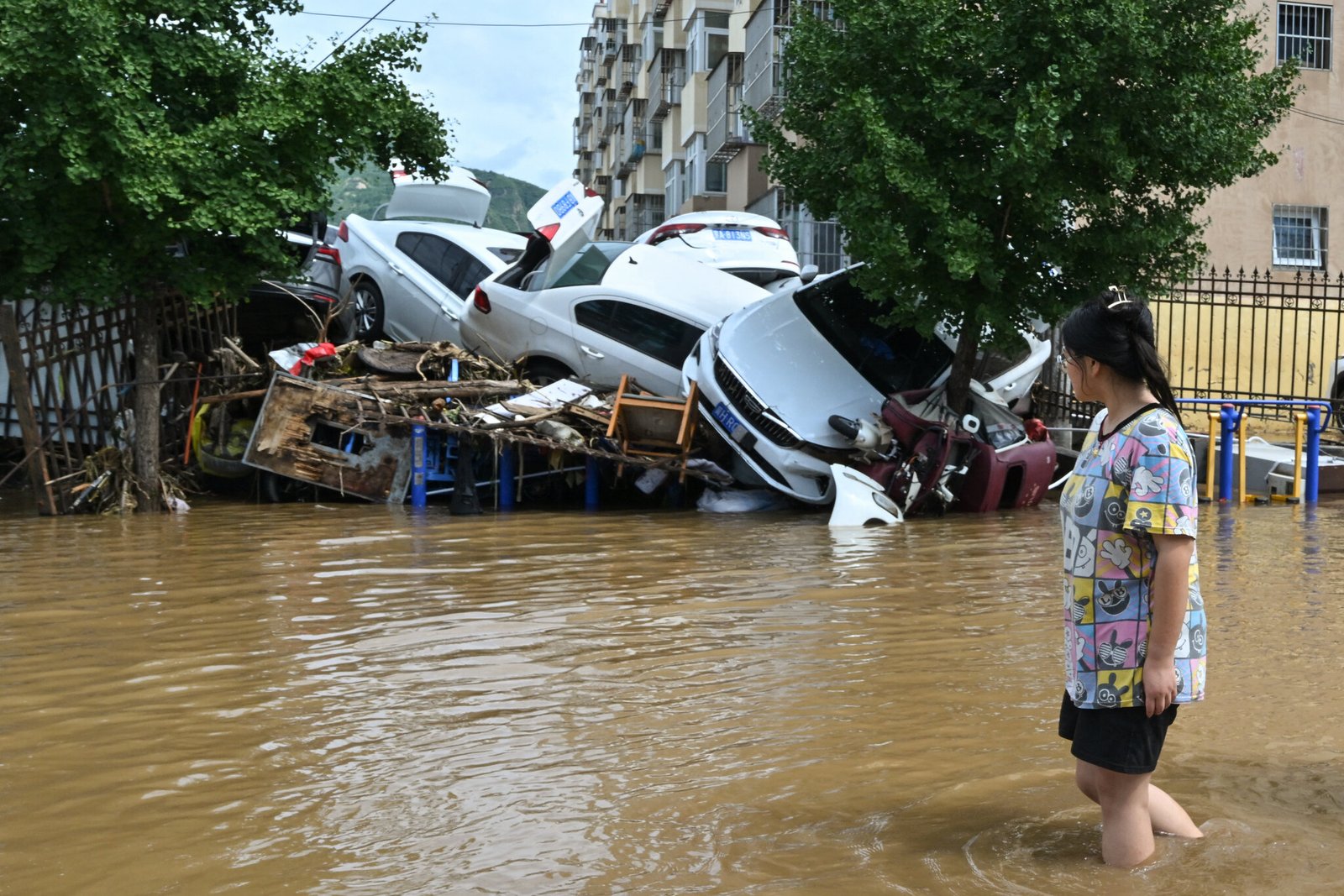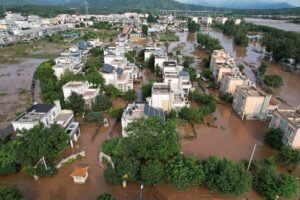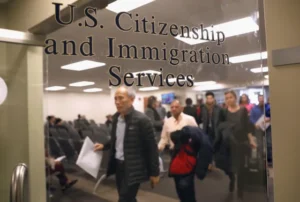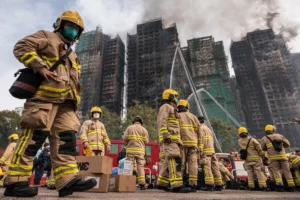Torrential rains have swept across China’s capital city, creating deadly flooding conditions throughout multiple districts. The heavy rainfall event represents one of Beijing’s worst natural disasters in recent years. Emergency responders continue working around the clock to rescue trapped residents and assess damage.
Understanding the Scale of This Weather Emergency
The death toll from this extreme weather event continues rising as rescue teams reach previously inaccessible areas. At least 30 people have lost their lives due to flooding, landslides, and related incidents across the region. Thousands more residents have been evacuated from dangerous zones as water levels remain critically high.
Meteorologists report that Beijing received nearly a year’s worth of rainfall within just several days. The unprecedented volume overwhelmed the city’s drainage systems and flood control infrastructure completely. Streets transformed into raging rivers, trapping vehicles and forcing residents to seek higher ground immediately.
Local authorities declared a state of emergency across multiple districts as conditions continued deteriorating rapidly. Public transportation systems shut down entirely, leaving millions of residents stranded without reliable mobility options. Schools, businesses, and government offices closed indefinitely while cleanup efforts began across affected areas.
Areas Most Severely Affected by the Flooding
The mountainous regions surrounding Beijing experienced the most severe impacts from this extreme weather event. Suburban districts faced particular challenges as steep terrain channelled rainwater into dangerous torrents. Rural communities found themselves completely cut off from emergency services and supply lines.
Several neighbourhoods reported water levels reaching second-story windows of residential buildings throughout the crisis. Underground parking garages were filled completely with floodwater, destroying thousands of vehicles and personal belongings. Shopping centres and office buildings also sustained major structural damage from the prolonged flooding.
Transportation infrastructure suffered extensive damage as bridges collapsed and highways became impassable waterways. The capital’s subway system flooded in multiple locations, requiring complete shutdowns across several major lines. Airport operations ceased entirely as runways disappeared under several feet of standing water.
Emergency Response and Rescue Operations
Chinese authorities mobilised thousands of emergency personnel to assist with rescue operations across the affected regions. Military units joined local firefighters and police officers in coordinating large-scale evacuation efforts. Helicopters provided crucial support by reaching areas completely inaccessible by ground-based rescue teams.
Key rescue priorities included:
- Evacuating residents from flooded residential buildings
- Providing emergency shelter and medical care for displaced families
- Restoring critical infrastructure, including power and communications
- Clearing debris from major transportation routes
Emergency shelters opened across the city to accommodate thousands of displaced residents requiring temporary housing. Medical teams treated numerous injuries related to flooding, including cases of hypothermia and waterborne illnesses. Food and clean water distribution became critical priorities as supply chains faced major disruptions.
International aid organisations offered assistance as the scale of the disaster became clear to global observers. However, Chinese officials indicated they could handle the crisis using domestic resources and expertise available locally.
Climate Change Connections and Weather Patterns
Extreme weather events like this Beijing flooding are becoming increasingly common across China and globally. Climate scientists point to rising global temperatures as a factor contributing to more intense rainfall patterns. Warmer air holds more moisture, leading to heavier precipitation when storm systems develop naturally.
Beijing’s rapid urban development may have worsened the flooding impacts by reducing natural water absorption capacity. Concrete surfaces prevent rainwater from soaking into the ground, forcing all precipitation into drainage systems. The city’s ageing infrastructure wasn’t designed to handle such extreme rainfall volumes within short timeframes.
Weather forecasting models struggle to predict the exact timing and intensity of these extreme precipitation events. This unpredictability makes it difficult for authorities to issue adequate warnings and prepare residents accordingly. Enhanced early warning systems could help reduce casualties in future extreme weather situations.
Economic Impact and Recovery Challenges
The flooding will likely cost billions of dollars in damage to infrastructure, businesses, and private property. Insurance companies face massive claims from vehicle damage, property destruction, and business interruption losses. Small businesses particularly struggle to recover from extended closures and inventory losses.
Agricultural areas surrounding Beijing also suffered significant crop damage from the excessive rainfall and flooding. Food prices could rise as supply chains adjust to reduced local production capacity temporarily. The tourism industry faces additional challenges as popular attractions sustained damage and transportation remains disrupted.
Recovery efforts will require months of intensive work to restore normal operations across all affected sectors. Construction crews must repair damaged roads, bridges, and public buildings before regular business activities can resume. Utility companies face the complex task of restoring reliable electricity and water service to millions.
Looking Forward: Prevention and Preparedness
City planners are already discussing improvements to Beijing’s flood control infrastructure following this devastating event. Better drainage systems and flood barriers could help protect residents from similar disasters in future years. Green infrastructure solutions like permeable surfaces might also reduce runoff during heavy rainfall periods.
Early warning systems need upgrades to provide residents with more accurate and timely information about approaching storms. Mobile alert systems could help people evacuate dangerous areas before flooding reaches critical levels. Community preparedness programs would teach residents how to respond effectively during emergency situations.
As climate change continues affecting weather patterns globally, cities like Beijing must adapt their infrastructure accordingly. The human cost of this tragedy underscores the urgent need for comprehensive flood prevention strategies nationwide.













Be First to Comment